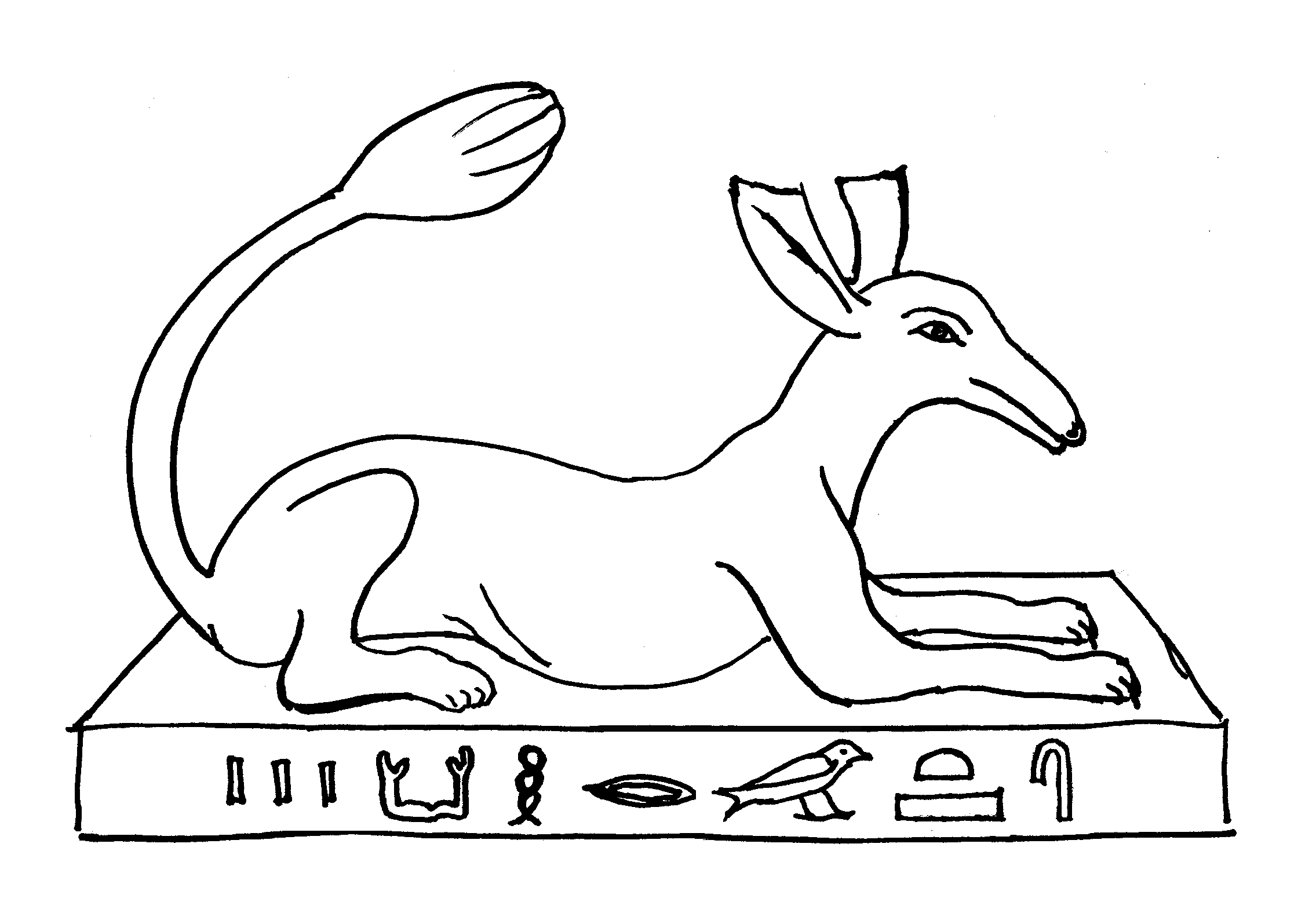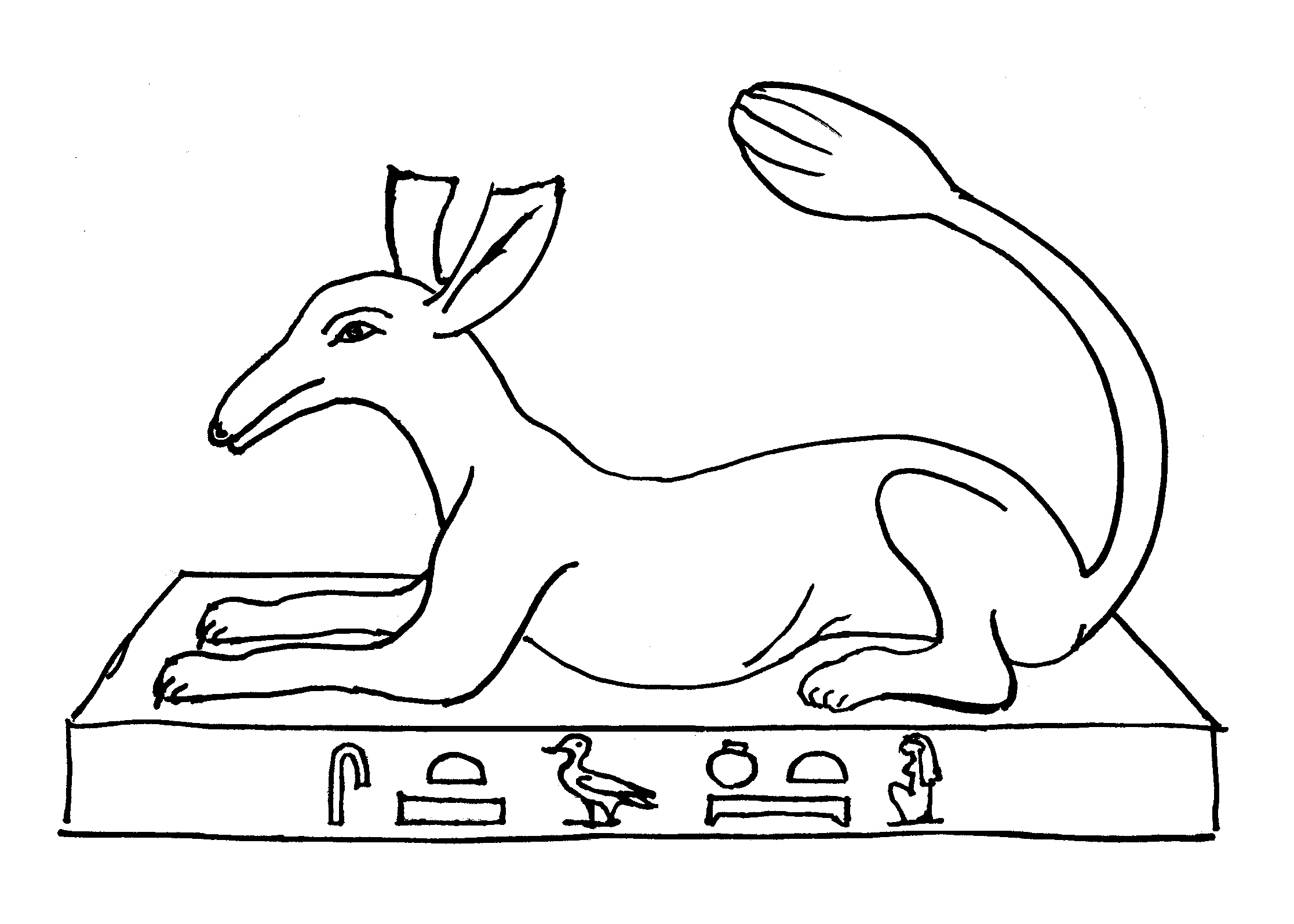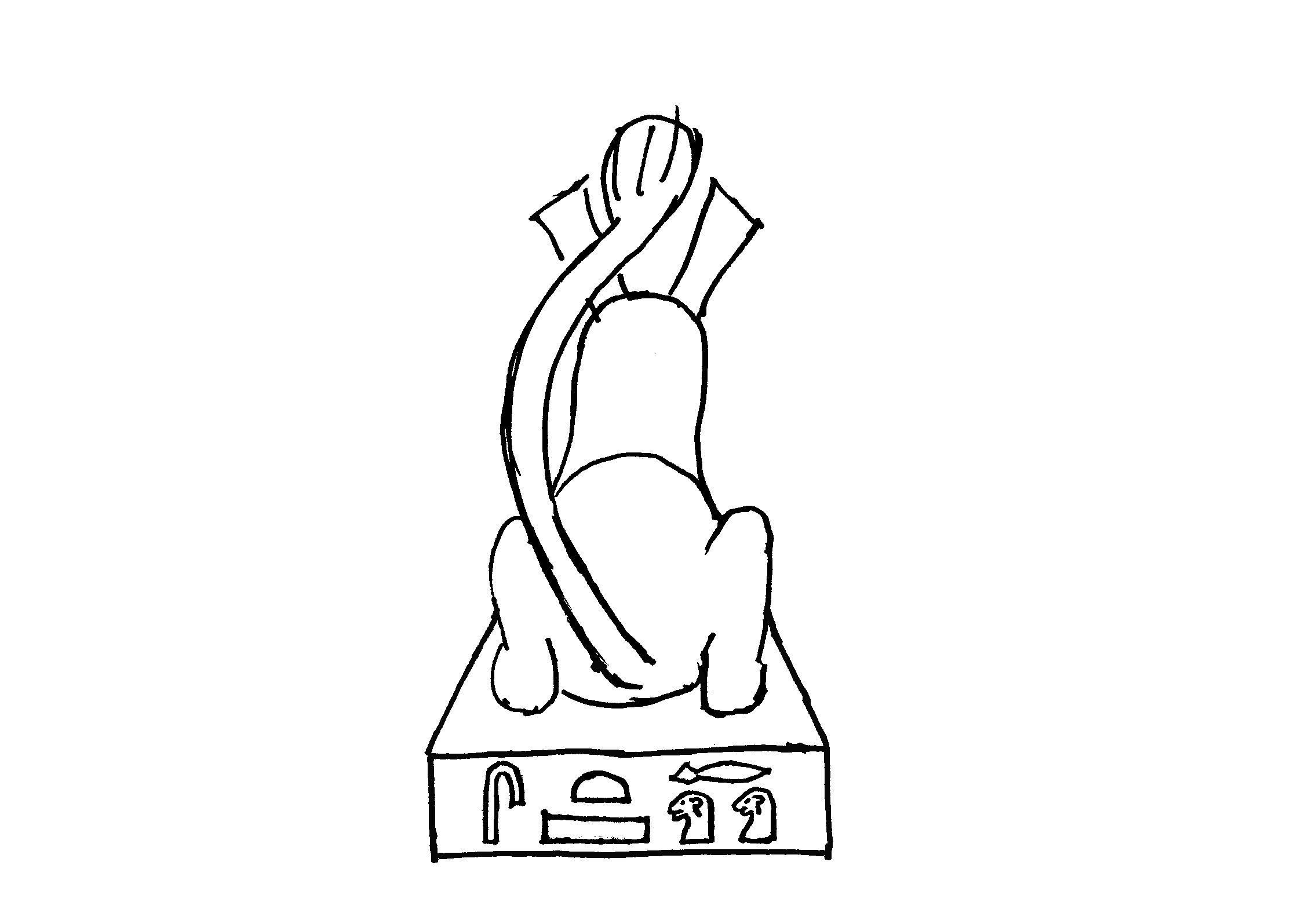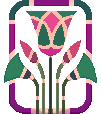
Saturday, August 10, 2013 A
"Small Investigations"
4:09pm
|
"These oldest representations of the Seth-animal are clearly of a dog, but with two unique features: an erect tail and erect squared-off ears. The body of the Seth-animal has in fact always been that of a canine, with paws, and even the head was dog-like in the beginning. It was only over time that the head became exaggerated with a long, narrow, down-turned snout." (Page 43) Moss continues, "No animal has ever had ears that naturally ended in squared tips, but it was precisely this characteristic that led to my fortuitous discovery of the real Seth-animal. "While researching the god Seth, I happened upon a National Geographic program called The Hunting Hounds of Arabia, and there on the screen was a living Seth-animal. It was a streamlined dog with erect feathered tail and erect square-tipped ears running in the desert scrub after a desperate rabbit. The answer to the square-tipped ears was explained by the narrator. The dogs’ ears were cropped, that is the tips of the ears had been cut off by their owners. This is a long-standing tradition, still carried out in Syria and elsewhere, that is done in the belief it helps the dogs avoid being snagged on branches while pursuing their game. The breed is the magnificent Saluki, the quintessential Arabian hound of the Bedouin and others." (Page 43) Why are the Set-animal's ear's straight up? Observations of Salukis reveal that when they are running, the ears fly up, as does its tail. "The erect status of both the tail and ears of the Seth-animal is also now clear. The animal was portrayed in its hunting state rather than while resting like most dogs or canine deities (Anubis, for example, who was a dog said by some to have been fathered by Seth). This fits perfectly with the god Seth himself, the all-powerful god of action, a hunter and perpetual dispatcher of the serpent Apep [Apophis]. Abu Nuwas, a ninth century Arab poet, wrote of a hunting Saluki: 'Like an arrow it was sent, tearing away from his own skin, lightning like a cloud.'" (Page 44) |
It is easy to see the classic Set animal's body has canine origins. But what of those flying ears? I found a Saluki in full out run and traced it. I then compared that head to some Set glyphs.
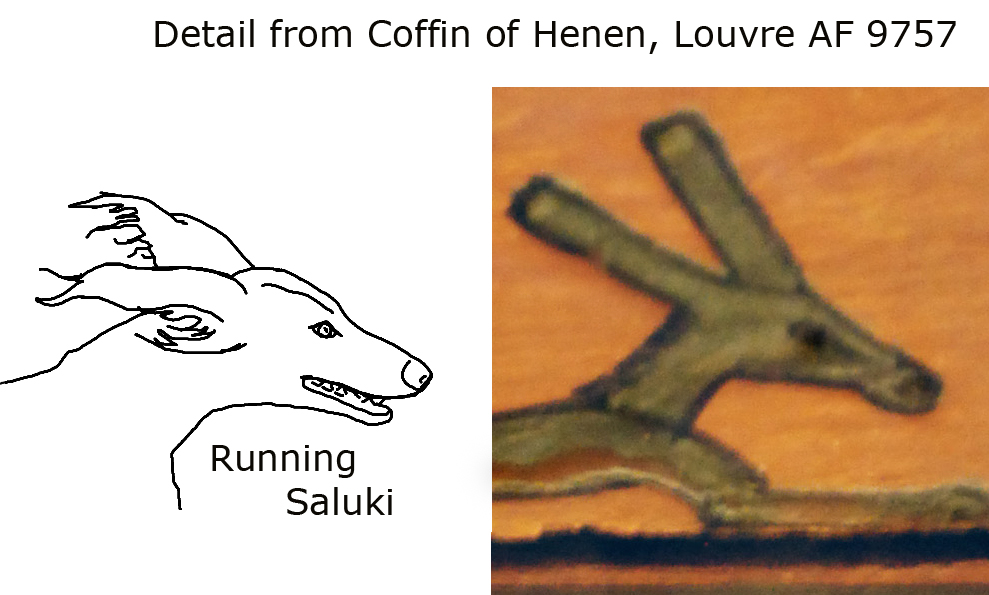
The Set glyph on the Middle Kingdom coffin of Henen (seen here) has much in common with the running Saluki.

The Set glyphs on a couple of reliefs in Karnak's Open Air Museum (seen here) have already developed the downwards curving snout.
This research may come into use for designing a reclining Set animal sculpture. I made a quick sketch for the head:

It's hard to think in terms of three dimensionality, how the piece would be viewed from different angles.
Meanwhile, I got distracted by the web. Not all merely amusing, I did learn the glyphs for the Egyptian word 'AKH'. AKH means 'effective spirit', which is how the spirit (BA) becomes when it is united with its life-force (KA).
I took a quick draw of the glyphs on a relief at the temple of Horus at Edfu:
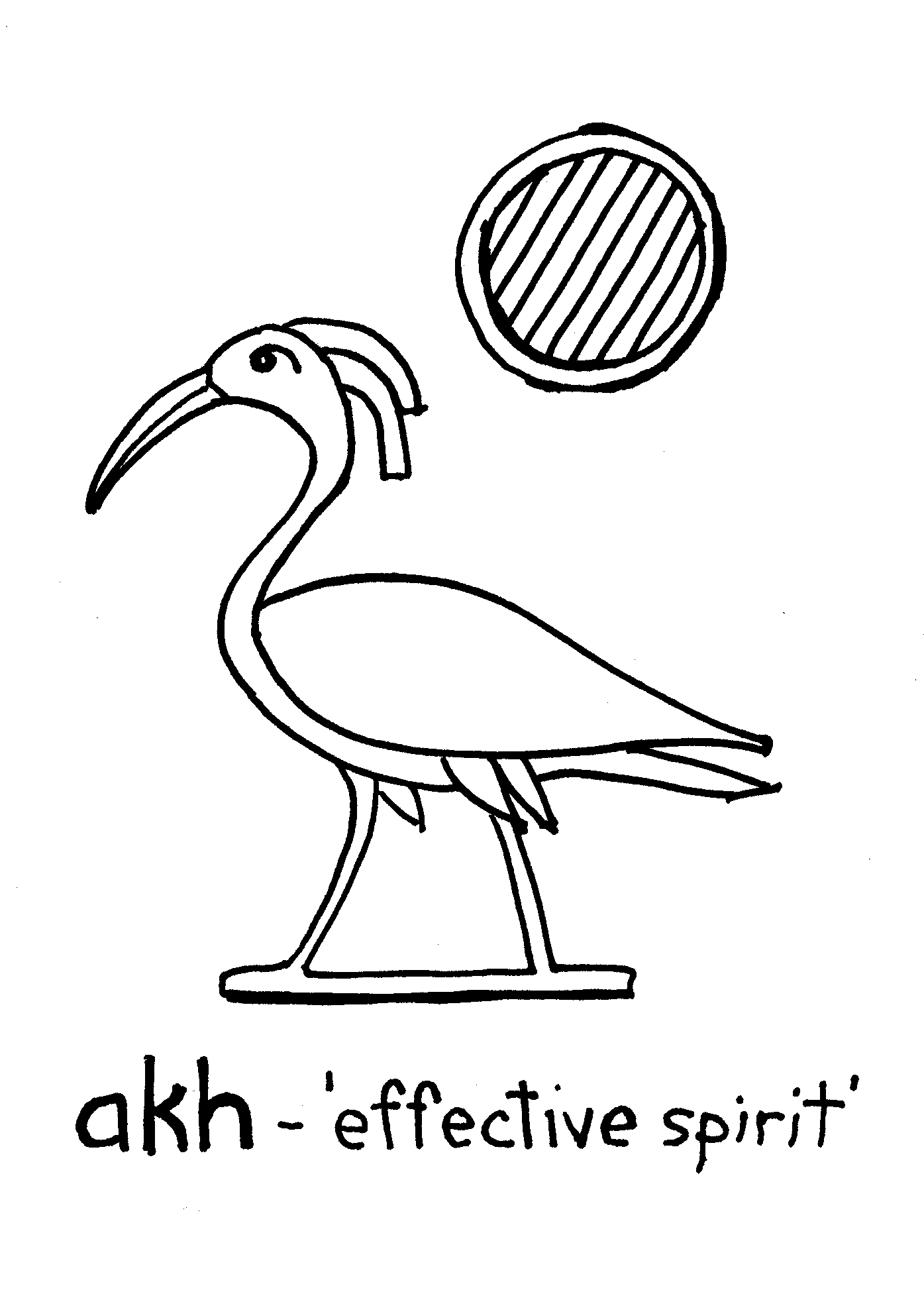
The consonant 'kh' is placed with the bird glyph to further reinforce its pronunciation.
Another author says it "is a crowned stork or crane" (Wheeler, Walk Like an Egyptian, page 32).
So I looked up the crowned stork, and found it in The Encyclopedia of Birds, Volume 1. Its wide crown and short beak doesn't resemble the akh glyph at all.
However, as I scrolled further along in this encyclopedia, I found the Grey Heron, a bird which very much resembles the glyph, AND is found near Egypt!
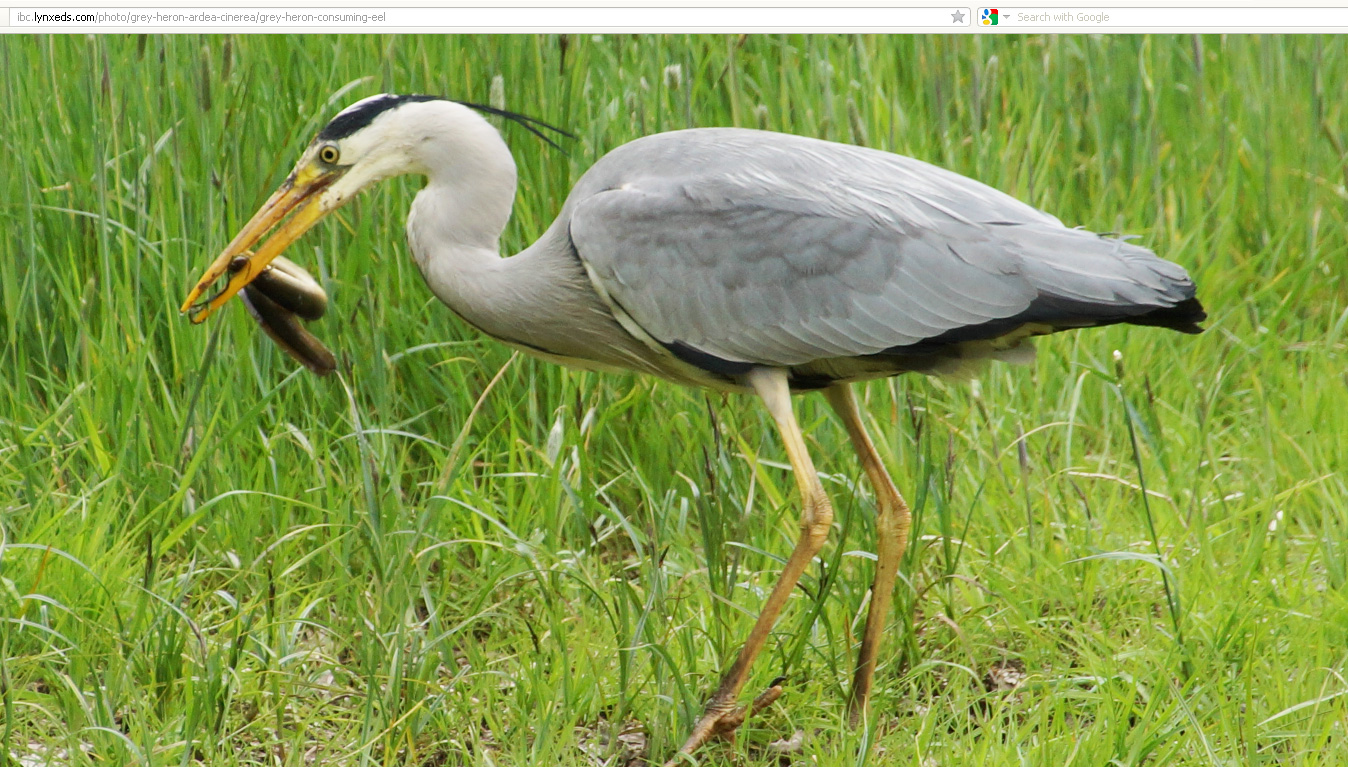
alangbt5@yahoo.co.uk of Northern Ireland shared a photo of the grey heron consuming an eel

Saturday, August 10, 2013 B
"Sketch: Set Reclining"
5:54pm
(Sources for upturned tail examples: Forward facing, pouncing, and forward and out to the side.

Sunday, August 11, 2013 A
"Sketch: Set Reclining (View from Above)"
4:20pm
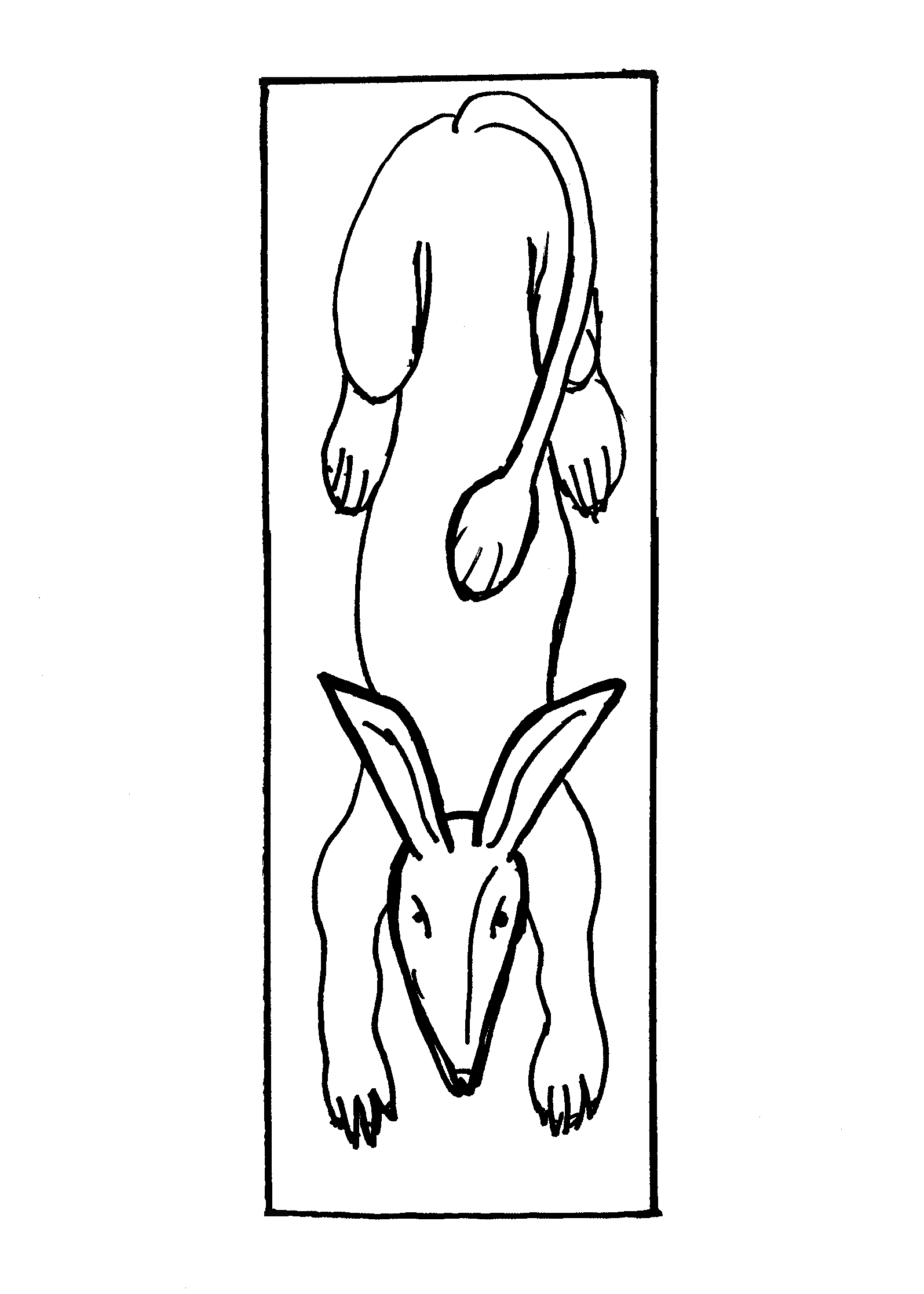
Set, looking more playful when seen from this angle...
Now, to imagine the face direct on...
Sunday, August 11, 2013 B
Sunday, August 11, 2013 C
Sunday, August 11, 2013 D

"Sketch: Set Reclining (View from the Front)"
6:11pm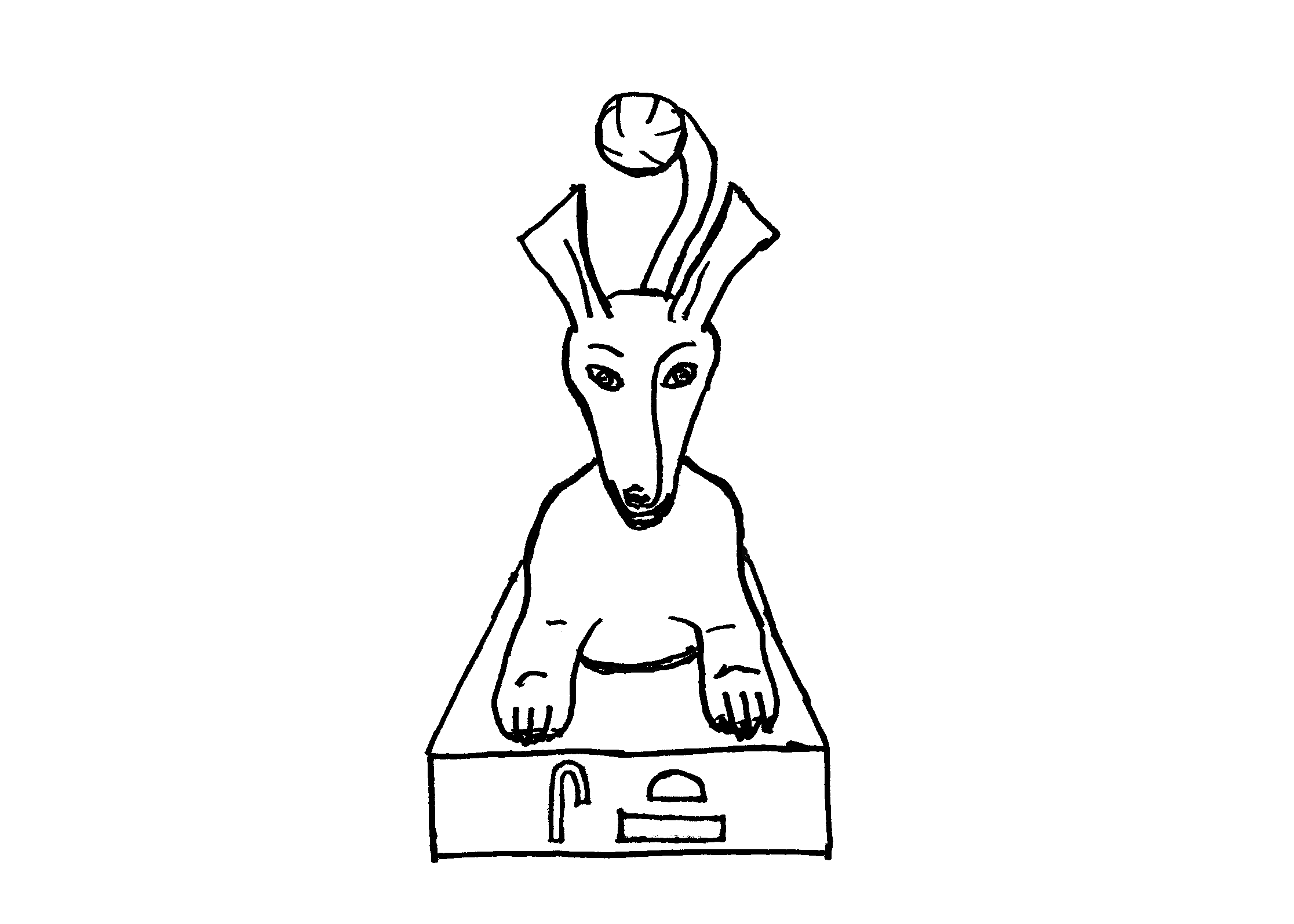
Now, to imagine the back view...
"Sketch: Set Reclining (From the Other Side)"
8:03pm
"Sketch: Set Reclining (View from the Back)"
9:45pm
